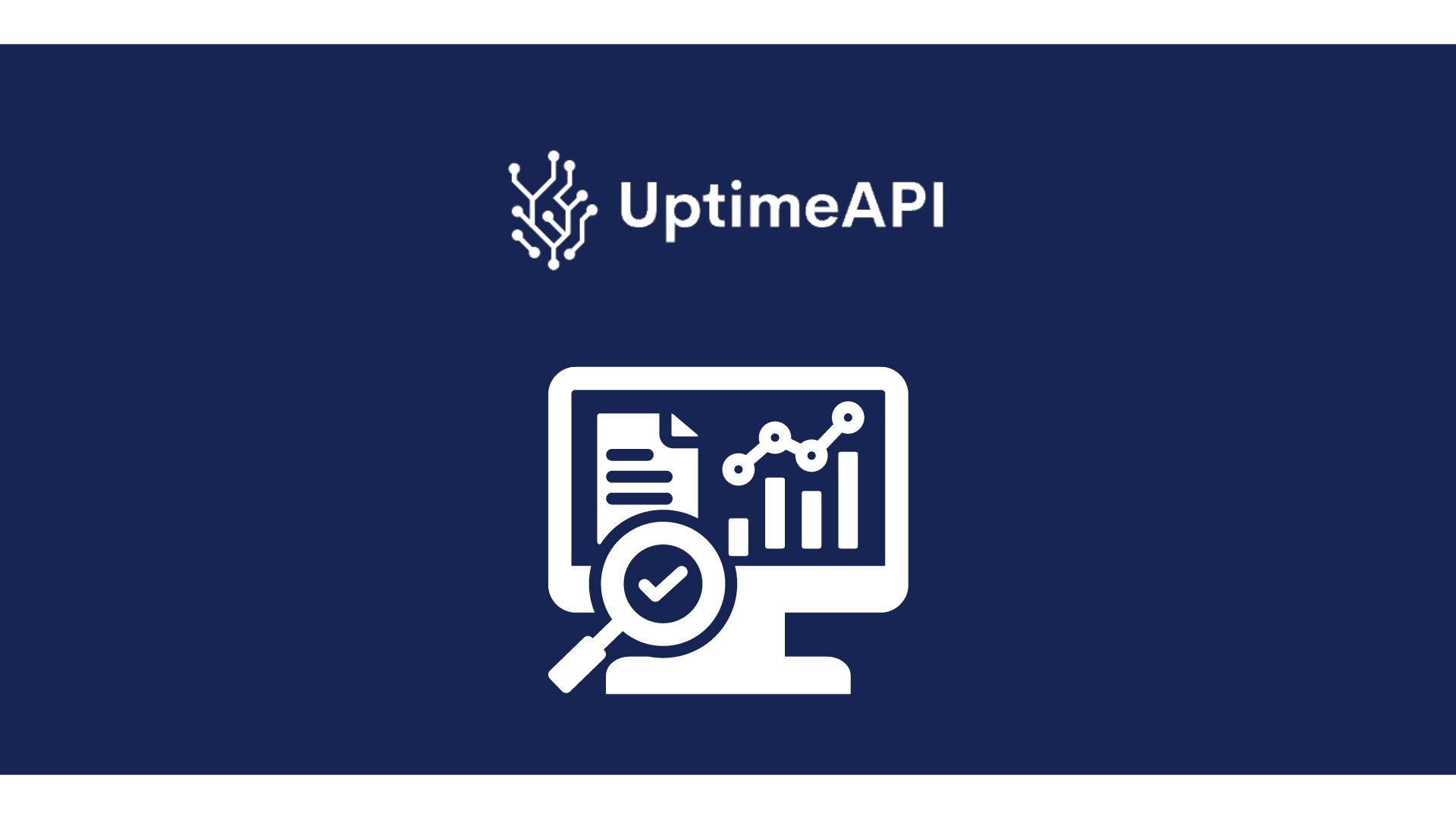Monitor API Effectively: Essential Tool For Programmers

API monitoring is a crucial component of contemporary software development, providing smooth operation and performance enhancement. In today's IT world, developers and IT teams rely largely on strong API monitoring solutions to guarantee API uptime and optimize digital interactions. Let's now discuss how to monitor an API.
Importance of API Monitoring in Software Development
More than just keeping tabs on API uptime metrics, effective API monitoring focuses on preserving the dependability and accessibility of vital digital services. Organizations may improve overall user experience and satisfaction by anticipating potential issues and addressing them before they affect end users by using real-time API monitoring and complete API health checks.
Tools for API monitoring are essential in equipping developers with the skills necessary to sustain reliable API performance and guarantee service continuity. Fundamentally, API monitoring entails the ongoing evaluation and observation of API error rates, response times, and status. This proactive strategy promotes the collaborative and iterative nature of agile development processes in addition to providing protection against API outages.
Monitor API For Developers
The effectiveness and dependability of software operations are impacted by the strategic choice of API monitoring tool selection. An API monitoring tool's capacity to accommodate growing loads and user interactions without sacrificing performance is determined by its scalability. Scalable solutions for a range of organizational demands are provided by tools such as alternatives to Datadog and alternatives to New Relic.
It is imperative to guarantee that API monitoring tools conform to strict security regulations and compliance standards in order to safeguard confidential information and fulfill regulatory obligations. The deployment and operation of API monitoring solutions require efficient integration with the current IT infrastructure and development frameworks. Comprehensive integration options are best provided by tools like Postman and Uptrends alternatives.
In conclusion, API monitoring is a cornerstone of effective software development, ensuring API uptime tracking and continuous improvement in API performance. By leveraging the right API monitoring tools and methodologies, organizations can uphold service reliability, optimize operational efficiency, and deliver seamless digital experiences. Embrace the journey towards enhanced API health and sustained performance through robust API monitoring practices and a commitment to ongoing refinement.
Uptime API
With Uptime API, you can monitor your APIs. It works by regularly confirming that your APIs are up and running and performing as expected. Setting up monitors is easy. To set up monitors, you need the target API endpoint URL and the ability to change the watch's timeout and interval parameters. While timeouts indicate how long an API will wait for a response, monitoring intervals show how frequently an API will perform health checks. You may customize monitoring to your needs and preferences with these settings.
You may create alerts and select which contacts should get notifications directly from your API dashboard. This way, you may then update your team. With a variety of adjustable parameters and monitor constraints, you can choose the package that best meets your monitoring needs. It also provides historical data and analytics so you can track changes in API performance and availability over time. Get access to your logs so you can look into any issues with the API.
Analyze past performance patterns and base your choices on the truth. Alerts can be tailored to your requirements in order to avoid unnecessary interruptions. real-time API monitoring with immediate information. Select the alert distribution method—such as webhooks, SMS, or email notifications—that best suits your requirements.
